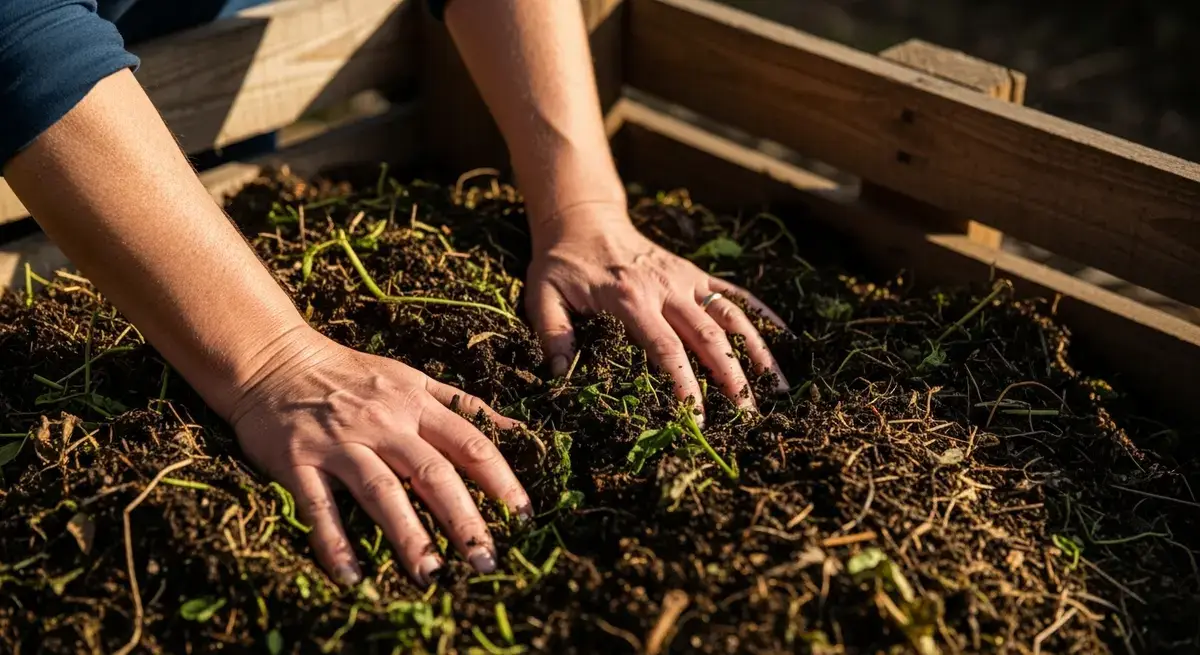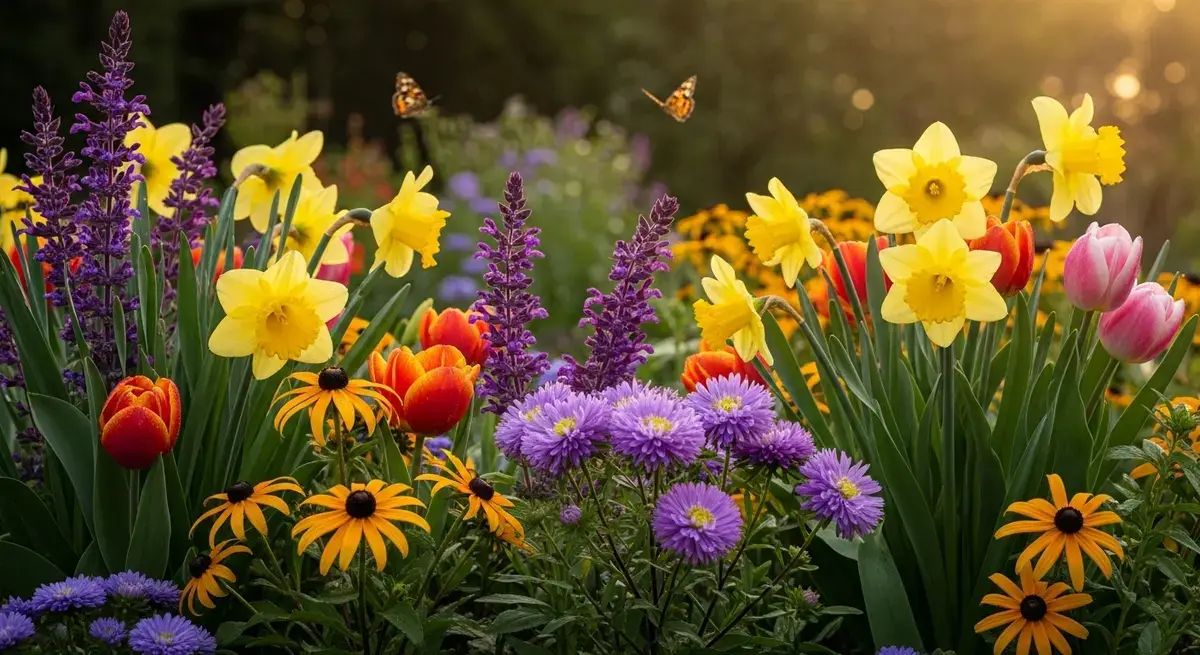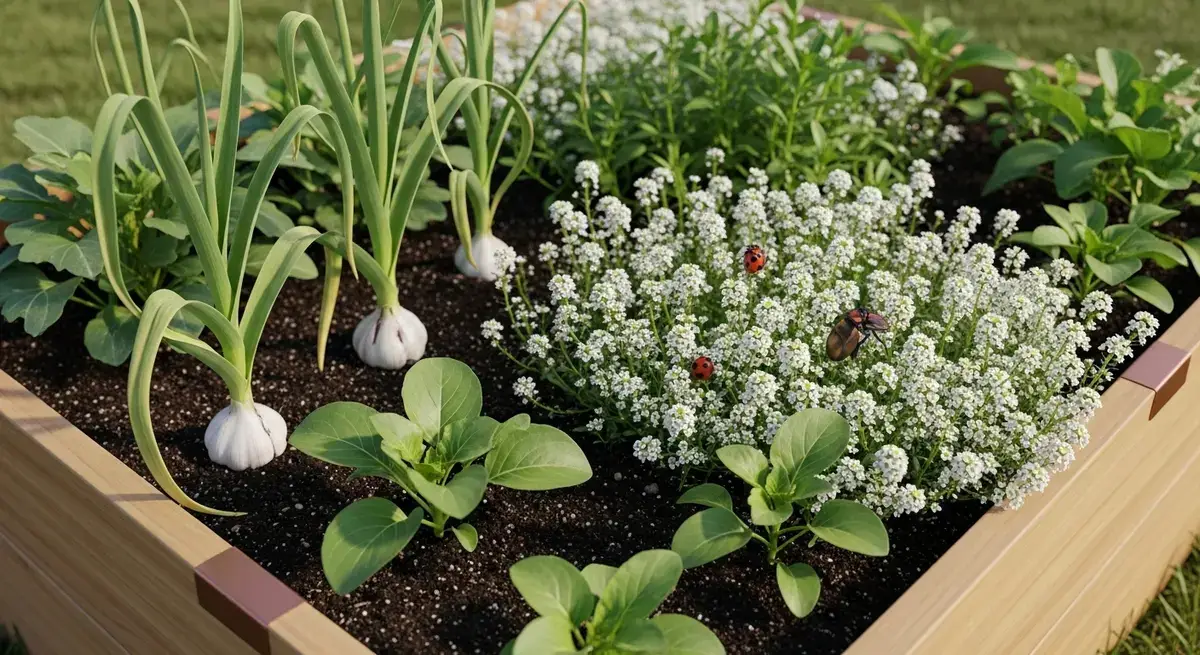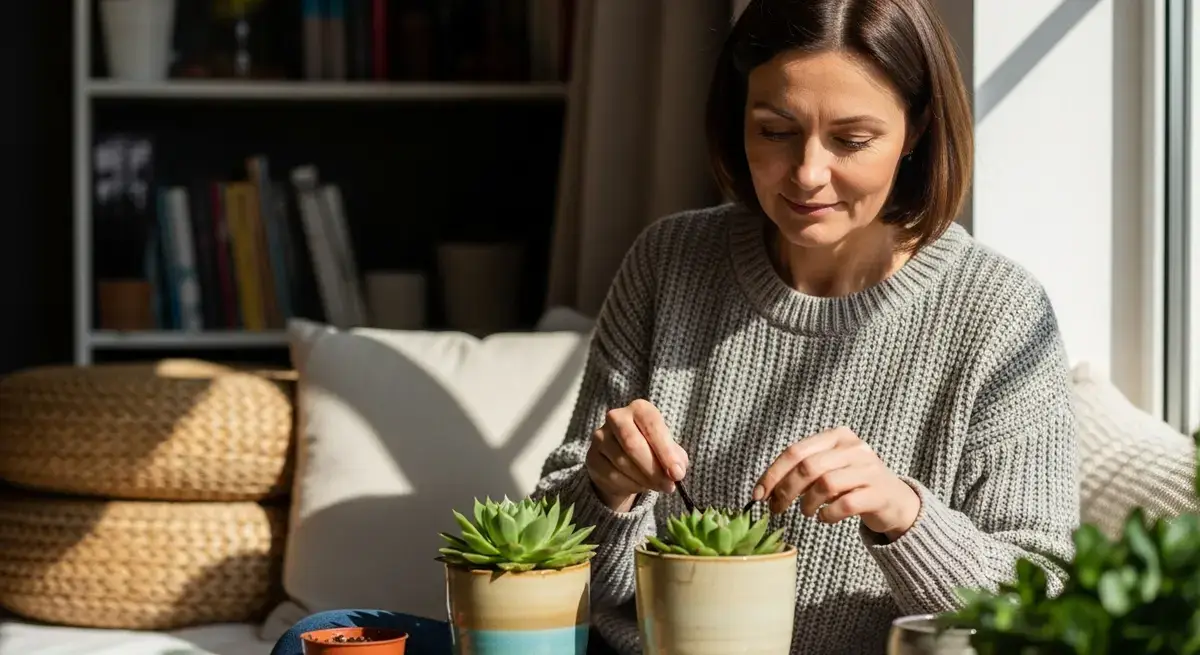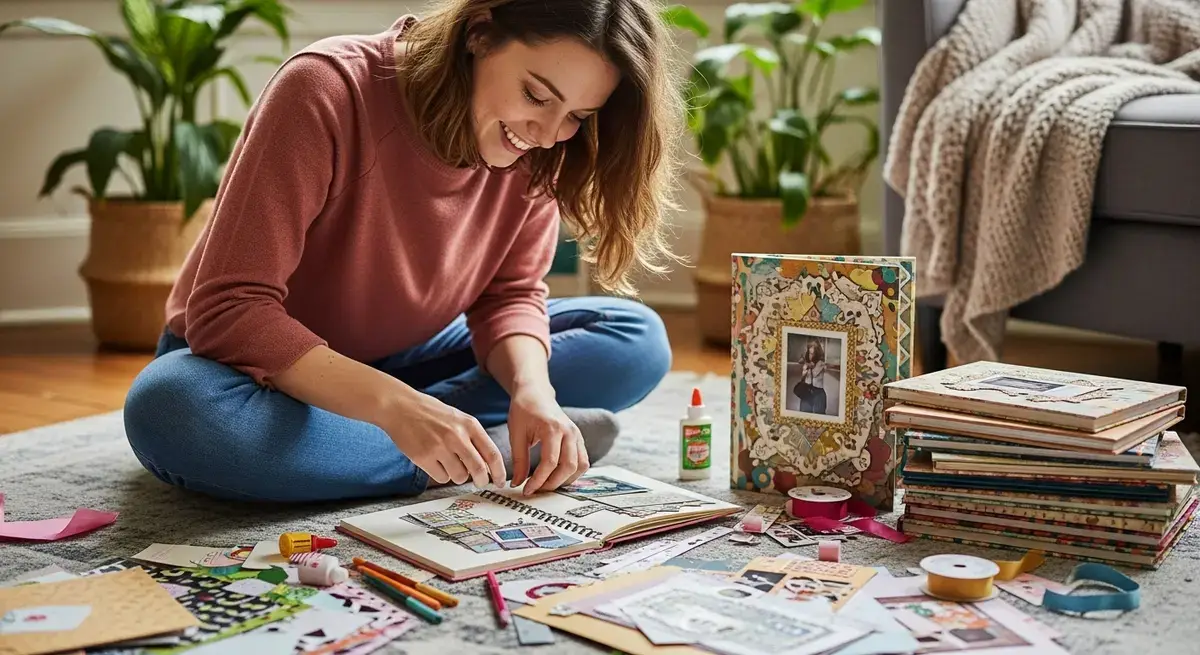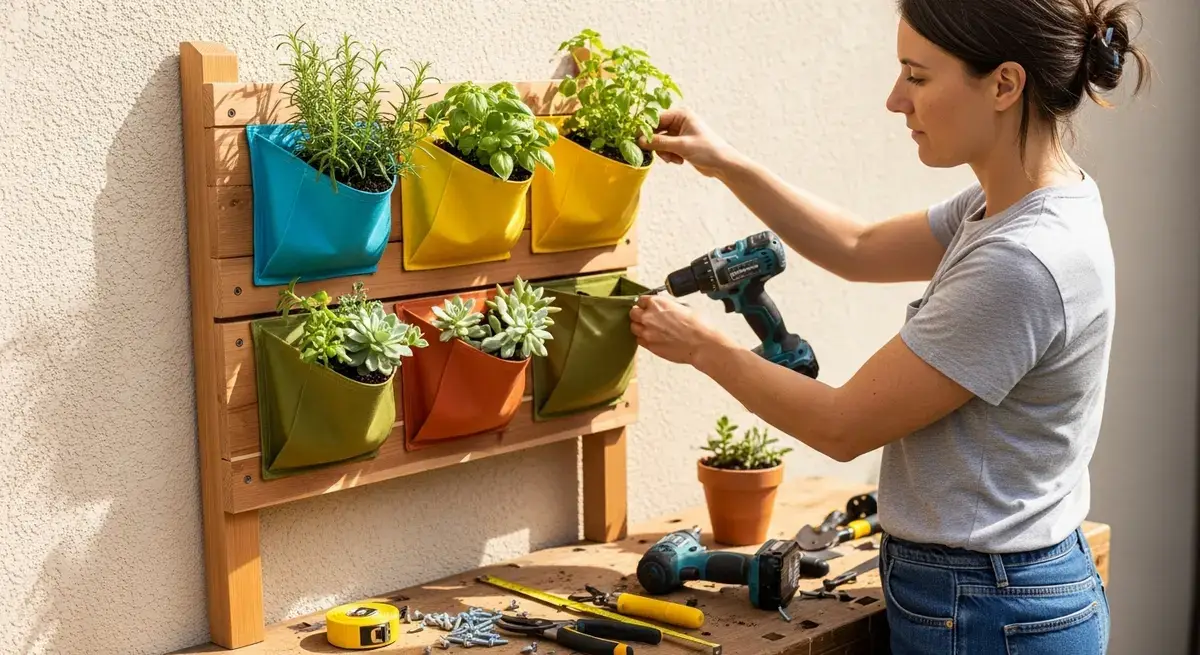Written by
Laura Hayes
Published
9/24/2024
Kickstart Your First Vegetable Patch with Confidence and Ease
Home gardening is more than just a trend—it’s a fulfilling way to enjoy fresh produce, save money, and contribute to a sustainable lifestyle. Growing your own vegetables connects you with nature and rewards you with delicious, healthy food right from your backyard. This guide will lead you step-by-step through setting up your very first vegetable patch, with handy tips on timing, soil, and the best beginner-friendly crops.
Find the Ideal Spot That Will Make Your Garden Thrive
The secret to a bountiful vegetable patch starts with picking the perfect location. Look for an area that basks in at least six hours of direct sunlight daily, as most veggies love soaking up the rays. Choose a flat, sheltered spot away from tall trees and strong winds to protect your plants. Easy access to a water source is a must—it makes watering less of a chore and keeps your garden happy and hydrated.
Design a Garden Layout That’s Manageable and Productive
Planning your garden’s layout carefully can save you time and effort down the road. For beginners, a plot around 10x10 or 12x12 feet strikes the perfect balance between variety and manageability. Sketching your garden plan helps you spot potential issues early and supports crop rotation, which keeps your soil healthy season after season. Keep your garden beds no wider than 120 cm so you can easily reach every plant without stepping on the soil.
Build Nutrient-Rich Soil That Fuels Growth
Test and Improve Your Soil’s Health
Great soil is the cornerstone of a thriving vegetable garden. Start by testing your soil’s pH to ensure it’s neutral—ideal for most vegetables. Knowing whether your soil is sandy, clay, or loamy helps you decide how to amend it. Adding a generous inch of compost after clearing the sod nourishes the soil with essential nutrients and boosts plant health.
Prepare Your Garden Bed Like a Pro
Once your soil is tested, it’s time to get your hands dirty and ready the bed. Remove any grass or weeds, then loosen the soil to improve aeration and root penetration. Mulching is a gardener’s best friend—it keeps weeds at bay and locks in moisture. For an eco-friendly trick, lay down a layer of newspaper before adding mulch to smother unwelcome weeds naturally.
Plant Your Seeds at the Right Time for Best Results
Master the Art of Timing
Planting seeds at the right moment can make all the difference. March marks the start of the prime growing season, with spring and autumn offering the best conditions for many crops. To give seeds a head start, try using cloches or mini greenhouses that warm the soil and speed up germination.
Pick Easy Crops That Guarantee Success
Starting with beginner-friendly vegetables sets you up for a rewarding harvest. Courgettes, potatoes, and radishes are resilient and straightforward to grow, perfect for your first patch. If space is tight, don’t worry—raised beds and container gardening provide flexible options to grow plenty even in small areas.
Keep Your Vegetable Patch Healthy with Consistent Care
Watering and Weed Control Made Simple
Regular care is the key to a flourishing garden. Stick to a consistent watering routine, adjusting based on weather and plant needs. Stay vigilant about weeding to reduce competition for nutrients. After clearing weeds, let the soil rest briefly—this encourages dormant seeds to sprout naturally, enhancing your garden’s biodiversity.
Harvest at the Peak and Keep Learning
Knowing when to pick your vegetables ensures the best flavor and yield. Each veggie has its own harvest window, so take a moment to learn the signs of readiness. For continued gardening inspiration and expert advice, check out resources like Duncan Cocking’s "Vegetable Patch from Scratch," packed with practical tips for gardeners at every level.
Starting your own vegetable patch opens the door to fresh flavors, healthier eating, and a gratifying hobby. By choosing the right spot, preparing your soil carefully, and nurturing your plants, you’ll soon enjoy the satisfaction of homegrown goodness. Dive in, experiment, and share your gardening stories—there’s a whole community ready to cheer you on!



